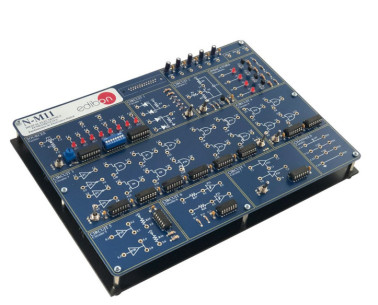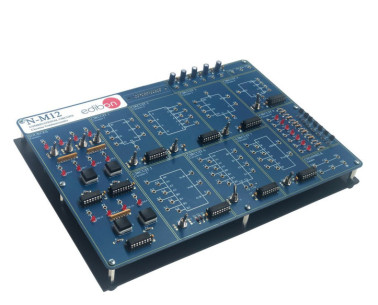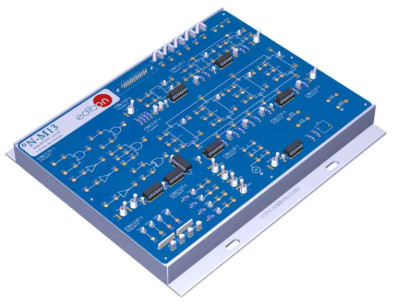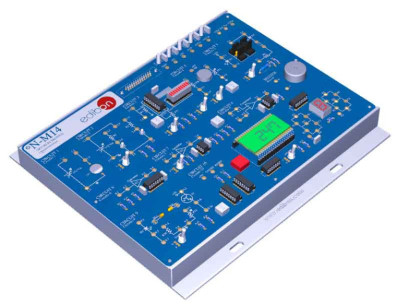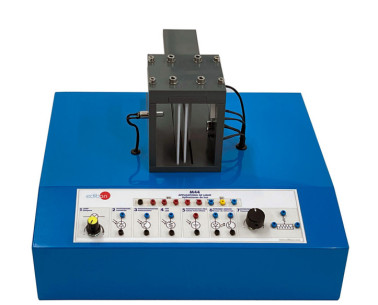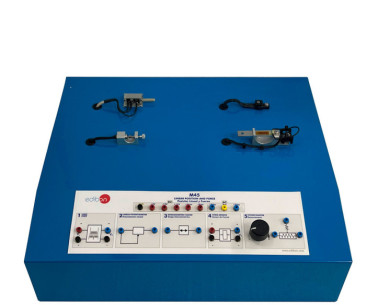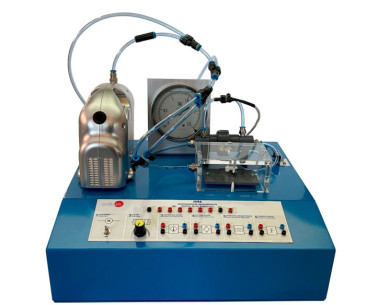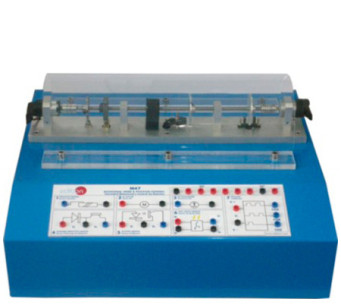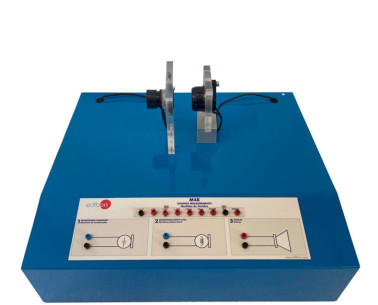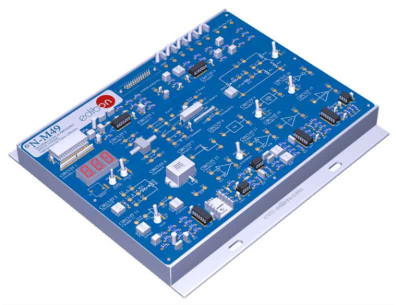PARA MAIS INFORMAÇÕES, CONTACTE-NOS
14.2.- ELETRÔNICA BIOMÉDICA
Engenharia Biomédica estuda a aplicação dos conhecimentos de engenharia no campo da biologia e da medicina. Uma das áreas mais relevantes desta engenharia é a Biomedical Electronics, na qual os conceitos de electrónica são aplicados para o desenvolvimento de instrumentação médica.
Ver maisAgora, muitos dos processos desenvolvidos na medicina precisam do apoio de Engenharia Electrónica para resolver certas necessidades. Desde a combinação de elementos electrónicos básicos, tais como resistores, bobinas e capacitores, até circuitos mais complexos para condicionamento de sinal, conversão analógica para digital (A/D) ou emissão de uma onda electromagnética permitem a concepção de dispositivos capazes de adquirir informações do organismo ou de aplicar um tratamento médico. Além disso, controlo electrónico técnicas, tais como PID controladores ou redes neurais, permitem desenvolver instrumentação médica e equipamentos capazes de fornecer substâncias numa base controlada ou de equilibrar uma reacção química (estequiometria) num laboratório. Outros elementos, tais como cristal líquido displays (LCD) ou monitor de LED, oferecem um consumo de energia muito baixo, o que os torna ideais para utilização em dispositivos médicos transportáveis. A combinação de conhecimentos de controlo e isto instrumentação electrónica clínica é necessária para interpretar e conceber os circuitos electrónicos de dispositivos médicos.
O futuro da Eletrônica Biomédica procura lançar as bases para a medicina do futuro, na qual os dispositivos electrónicos são capazes de diagnosticar rapidamente um paciente e aplicar terapias não-invasivas tão eficientemente quanto possível. Além disso, os componentes electrónicos serão cada vez mais pequenos e serão desenvolvidos novos materiais, facilitando a concepção de nano-robôs. Esta tecnologia será capaz de diagnosticar e tratar a nível celular, e até reproduzir e reparar DNA de uma forma artificial e autónoma.
Ver produtos Preferências de cookies
Preferências de cookies

